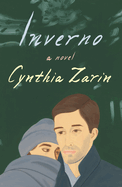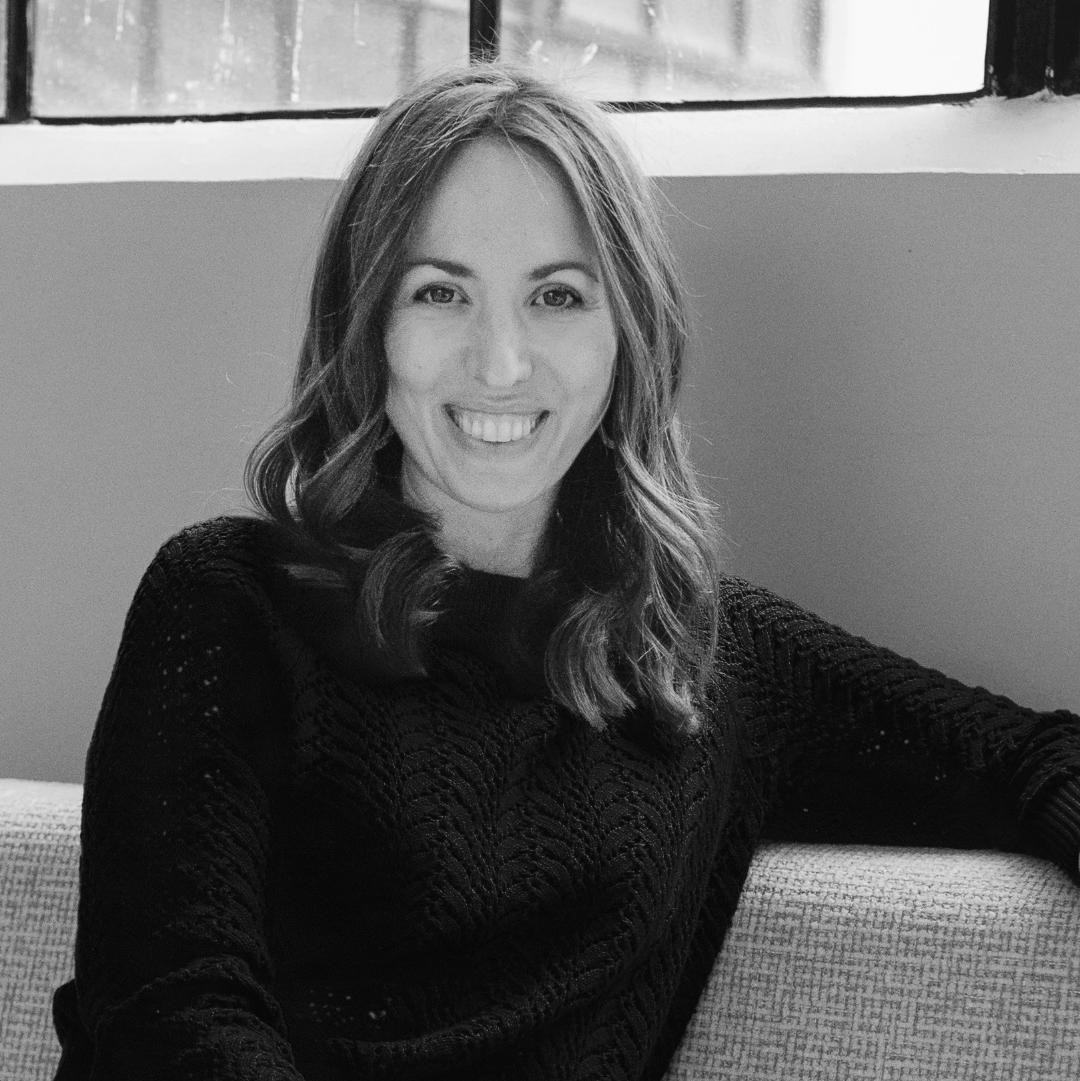 |
|
Rebecca Pitts
(Photo: © Arielle Joffe Photography)
|
Rebecca Pitts writes for and makes things with young people. She is a freelance writer who has published in the New York Times for Kids, Teen Vogue, Highlights magazine, and elsewhere. She runs in-person and online workshops in the Lower Hudson Valley River Towns for young writers and artists, and is the founder and publishing advisor of The Little Newspaper Club. Her book, Jane Jacobs: Champion of Cities, Champion of People, is being published today by Triangle Square, the children's imprint of Seven Stories Press.
How did you become interested in Jane Jacobs?
I first read Jane's famous book, The Death and Life of Great American Cities (published in 1961) in a history of architecture class at Boston University. I was living in an urban environment for the first time and reading Jane's words--her observations on city life and running thoughts on the magic of cities. It was the late '90s, so there was an enormous construction project happening in downtown Boston called the Big Dig. Downtown Boston was a construction site. The city was busy tearing down the highways and sinking them underground. Of course, now we see that it had been a mistake to bulldoze neighborhoods to build a highway in the first place. But when Jane wrote her breakout book on this, few people were critical of the very popular city planning fad called "urban renewal." She was an outlier. After college, I worked on a project at her archive at the Burns Library at Boston College for a graduate school assignment. It felt as though I kept bumping into her!
How would you describe Jane Jacobs and her work?
Jane was a writer, a public intellectual, a New York celebrity, and probably best known today for successfully taking down Robert Moses's harmful schemes that disproportionately targeted economically disadvantaged and immigrant communities. She wrote about cities, architecture, urban planning, and was deeply critical of the men who were, in her opinion, ruining cities. She was an intuitive organizer--she joined the fight to save Washington Square park (led by Edith Lyons and Shirley Hayes). This was her first taste of community activism. Robert Moses wanted to expand the road around this storied park and run a highway through it. Jane, Edith, and Shirley not only fought him and won but closed the existing roadway in the park. Jane did other things, too. She helped build 400 units of affordable housing in her downtown New York neighborhood. She stopped the developers who were planning on clearing 14 blocks of the West Village and successfully defeated Robert Moses's plan to build "Lomex"--the Lower Manhattan Expressway that would have obliterated sections of iconic New York neighborhoods, then immigrant neighborhoods deemed worthless by developers and politicians.
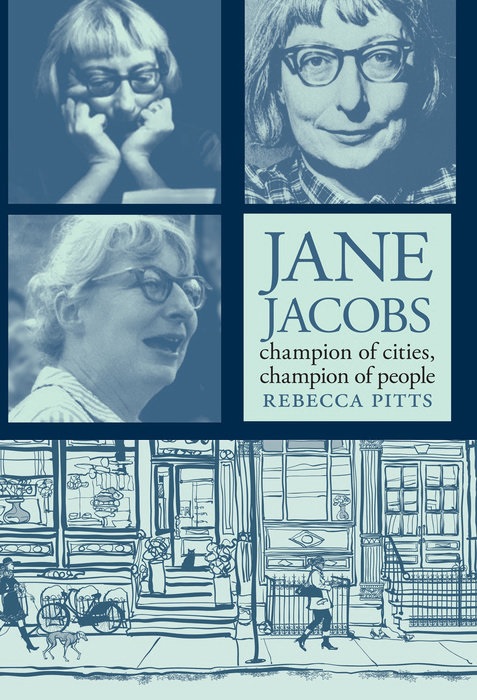 How is Jane Jacobs's work and activism relevant today?
How is Jane Jacobs's work and activism relevant today?
After spending so much time with Jane's work and accounts of her life, I'm most struck by her character. She was relentless. Some of these fights were a decade long. That's exhausting. It's boring, even. She kept at it. One of the things I think we miss when we read about historical events like a new law getting passed is that behind a moment in history captured as a line in a textbook or a headline in a newspaper is a long, sustained, and sometimes exasperating effort on behalf of a lot of people. It sounds trite but she never gave up. Today, activists have so many reasons to feel discouraged, but I hope we push through our cynicism, remain hopeful, and keep going. We have so many pressing issues to tackle--our climate crisis, gun violence, human rights issues, and deep inequality affecting everything from access to housing to education and healthcare.
How influential and popular is Jane Jacobs today?
It depends on who you ask! A lot of New Yorkers seem to know about the legend of Jane Jacobs. But maybe less so as time goes on and new generations move into the city. Some of her ideas in her bestselling book don't hold up today--she talked around a genuine discussion of gentrification and her eyes on the street theory is based on a narrow worldview, one that fails to see how race and surveillance intersect. Today, many of her observations and arguments still resonate. A through-line that permeates her writing work and approach to activism is her belief that ordinary people are the best equipped to re-envision their communities and reclaim them from a few men in power. Her legacy as an organizer is significant, too. Jane's activism worked so well because it was transparent and inclusive. It was even bipartisan. Citizens have the most power and influence when working in concert toward a shared vision. I think we have a lot we can still learn from Jane Jacobs today.
Why will young adults be interested in Jane Jacobs?
Young adults will appreciate her sincerity and her inability to tolerate a politician's long-winded excuse for not doing the right thing. Her spirit is childlike--and I say that as a compliment, with great admiration. Her seemingly limitless energy, her idealism--she carries these qualities with her throughout her life. While researching this book for young adults, I was stunned to stumble upon this quote from Jane, written at age 77: "I'm not all that different as far as I can see from when I was 13 years old."
How did this book come about?
I found a wonderful champion (ha) for the concept with my former agent Bibi Lewis, a New Yorker with a personal connection to architecture and someone who truly embodies the word feminist. We pitched it, and I was thrilled that Dan Simon at Seven Stories was interested. Both of my editors, Lauren Hooker and Tal Mancini, contributed so much to the shape of the book and pushed me to engage critically with Jane's work and legacy.
What kind of promotions will you be doing for the book?
Features like these! My publisher, Triangle Square, the children's imprint of Seven Stories Press, and my local bookstore, Picture Book in Dobbs Ferry, N.Y., will be hosting a book launch party in early November. Shelf Awareness readers can join my e-mail list for information on how to attend this event and book news.
Tell us a little about your work life outside of this book.
I feel very lucky that so much of my life involves and revolves around kids. I am a parent to amazing children, ages 11 and 8. I'm currently working on a new project--a picture book about a pioneer of journalism who set ground-breaking standards for ethics in reporting. I also run workshops in the Lower Hudson Valley Rivertowns for young writers and artists, guiding children in visual storytelling in comics, zines, and newspaper-making.
One last thought about Jane Jacobs:
Jane was a bit of a rabble-rouser as a kid--mostly because she was so bored in school. She got in trouble for disrupting class and even got expelled in grade school for refusing to make a promise to her teacher. Her anti-authoritarian streak started early!







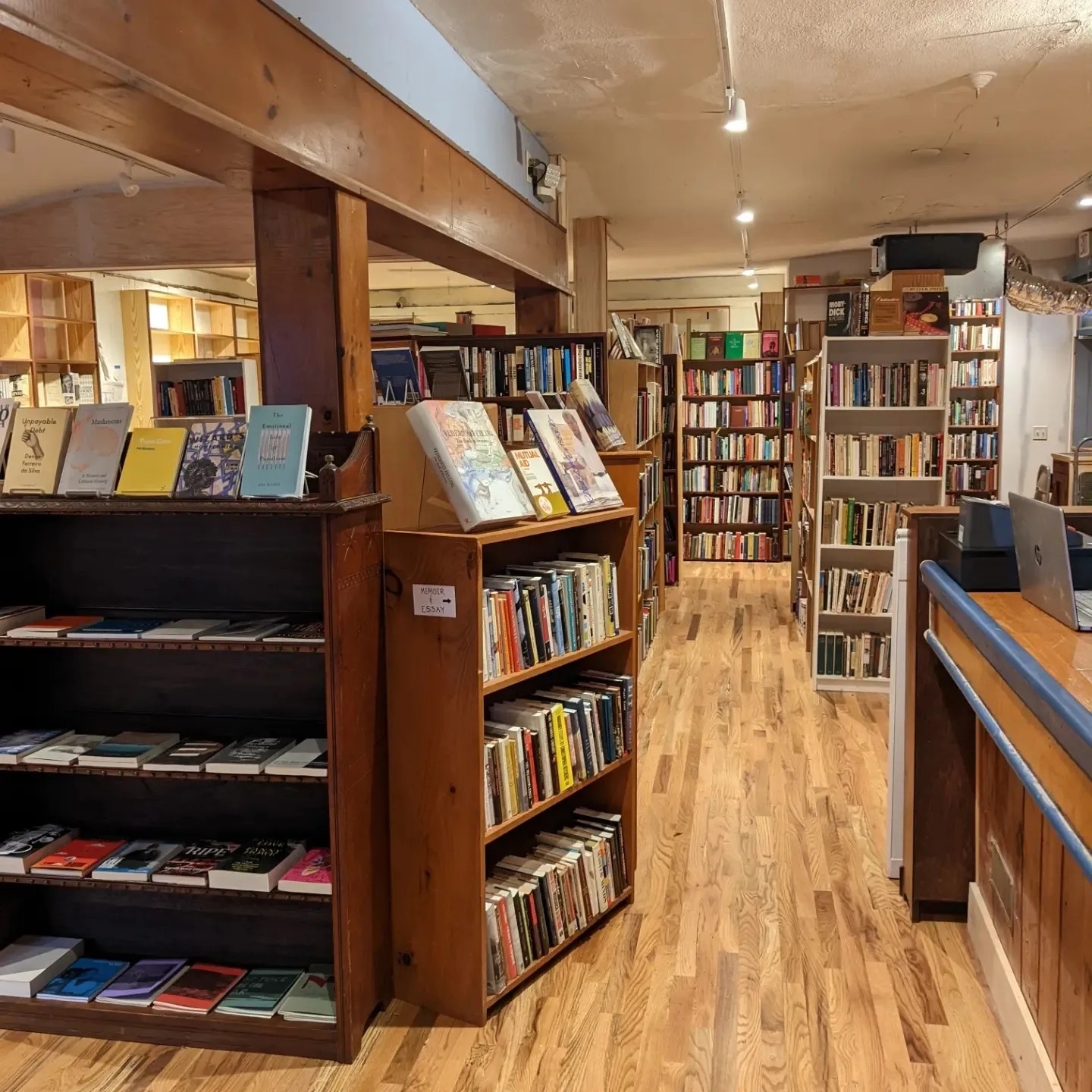 A new and used bookstore called
A new and used bookstore called 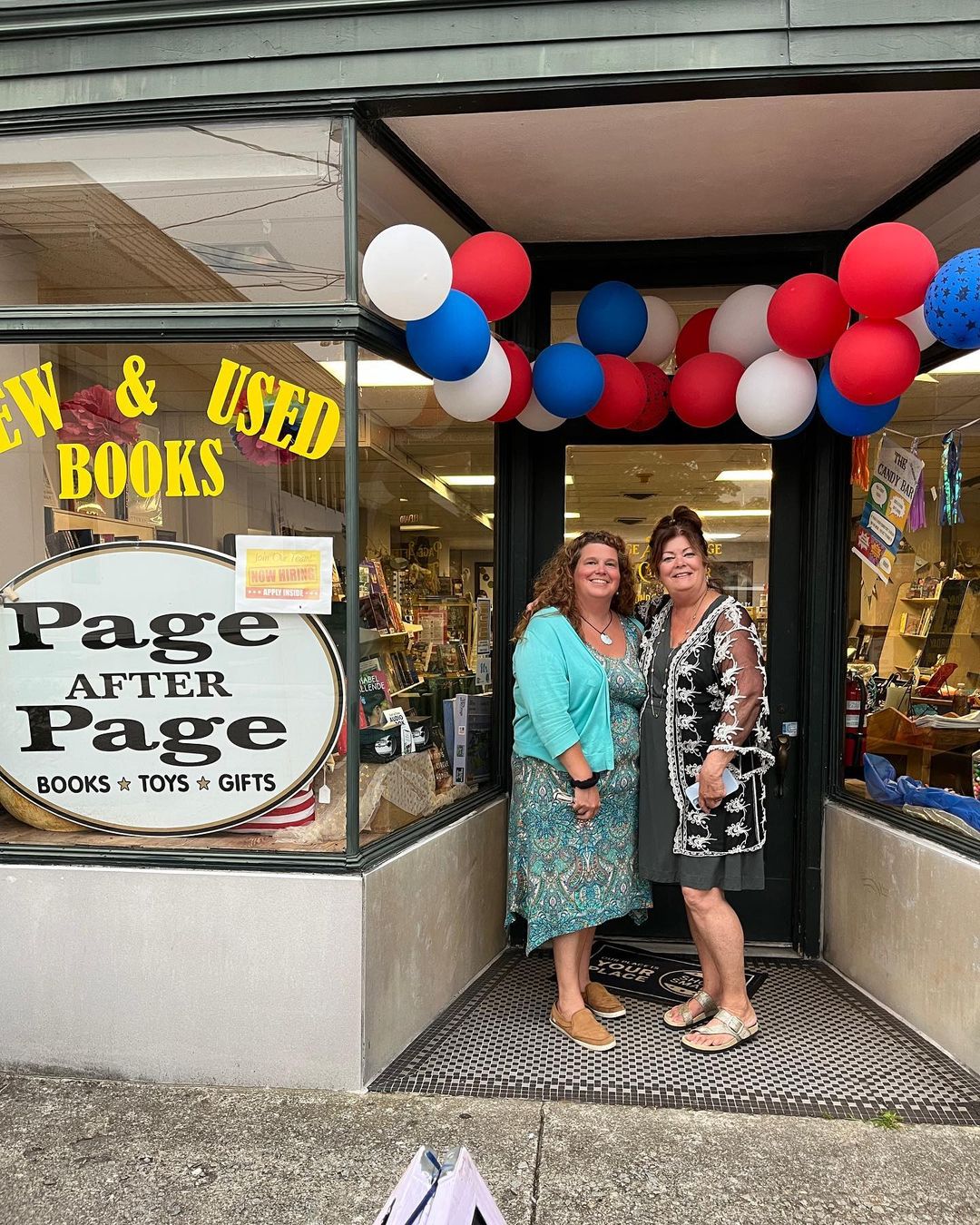

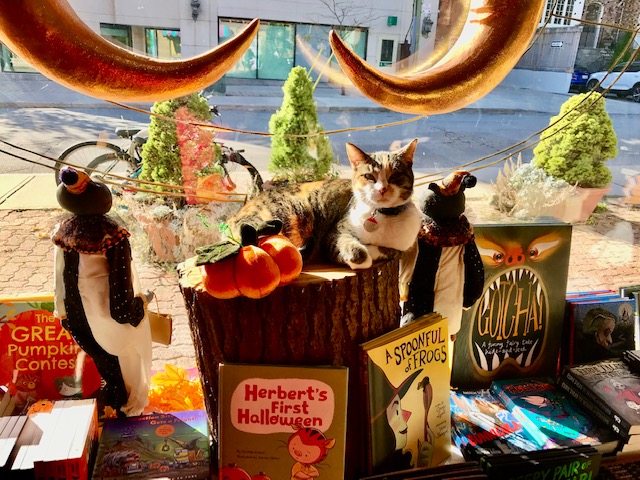 Canadian bookseller
Canadian bookseller 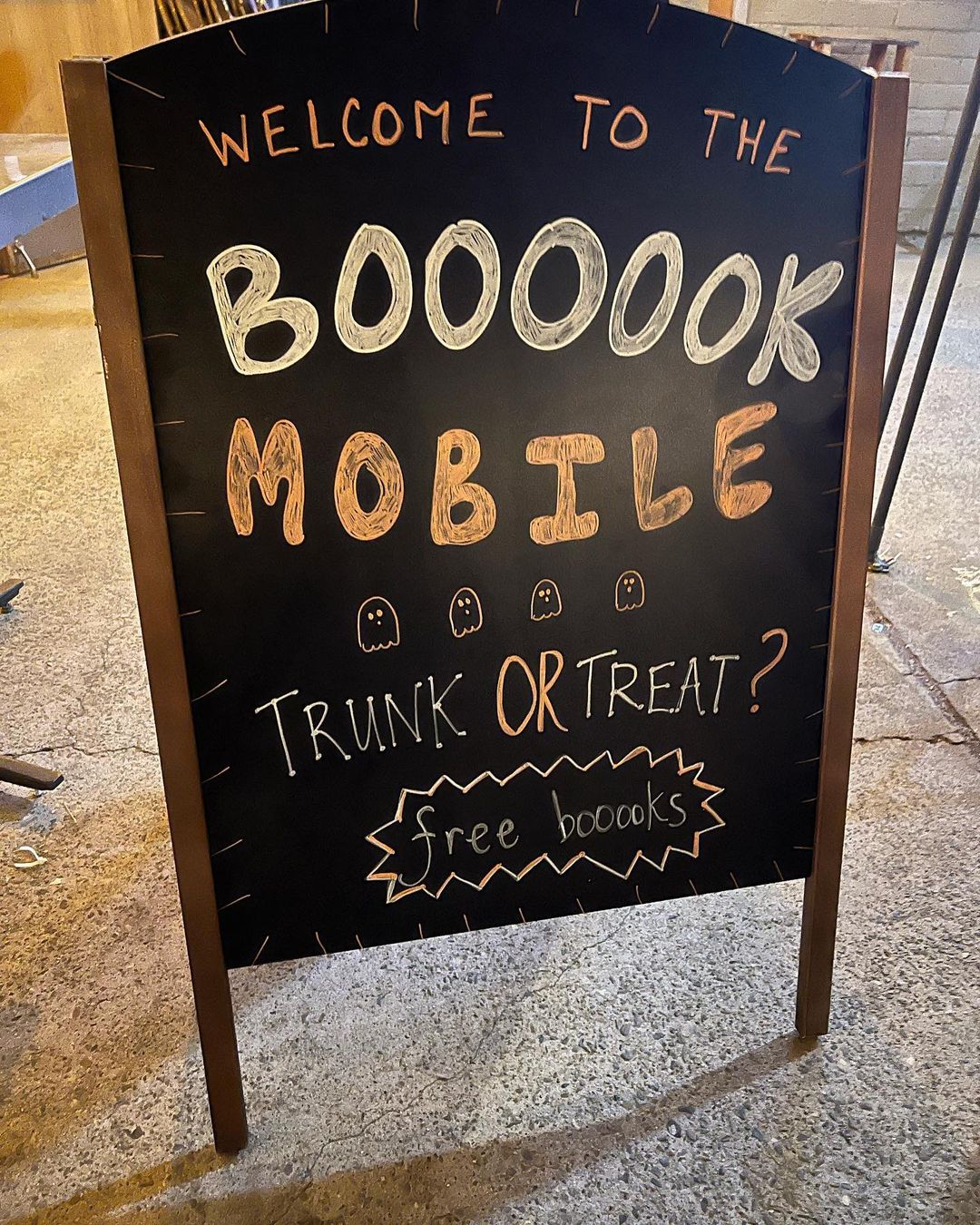 "
" Constellations
Constellations
 How is Jane Jacobs's work and activism relevant today?
How is Jane Jacobs's work and activism relevant today?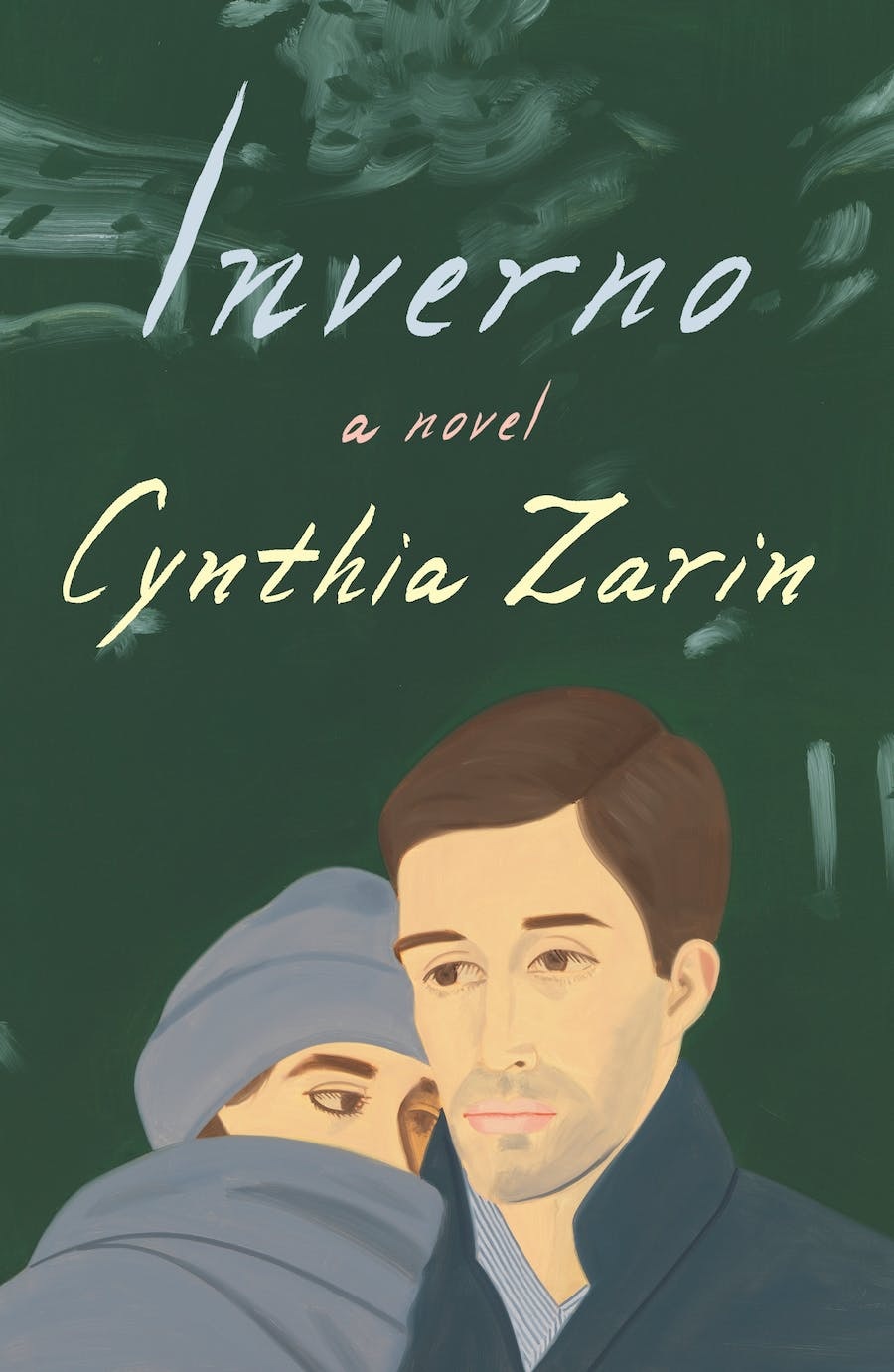 Some books feel as though readers must swallow them whole, absorbing the story as part of their being. Other books force readers to hold them apart, to stand back from them as at a gallery, facing a confounding but insistent work of art. Inverno, a work of fiction from poet Cynthia Zarin (Orbit;
Some books feel as though readers must swallow them whole, absorbing the story as part of their being. Other books force readers to hold them apart, to stand back from them as at a gallery, facing a confounding but insistent work of art. Inverno, a work of fiction from poet Cynthia Zarin (Orbit; 